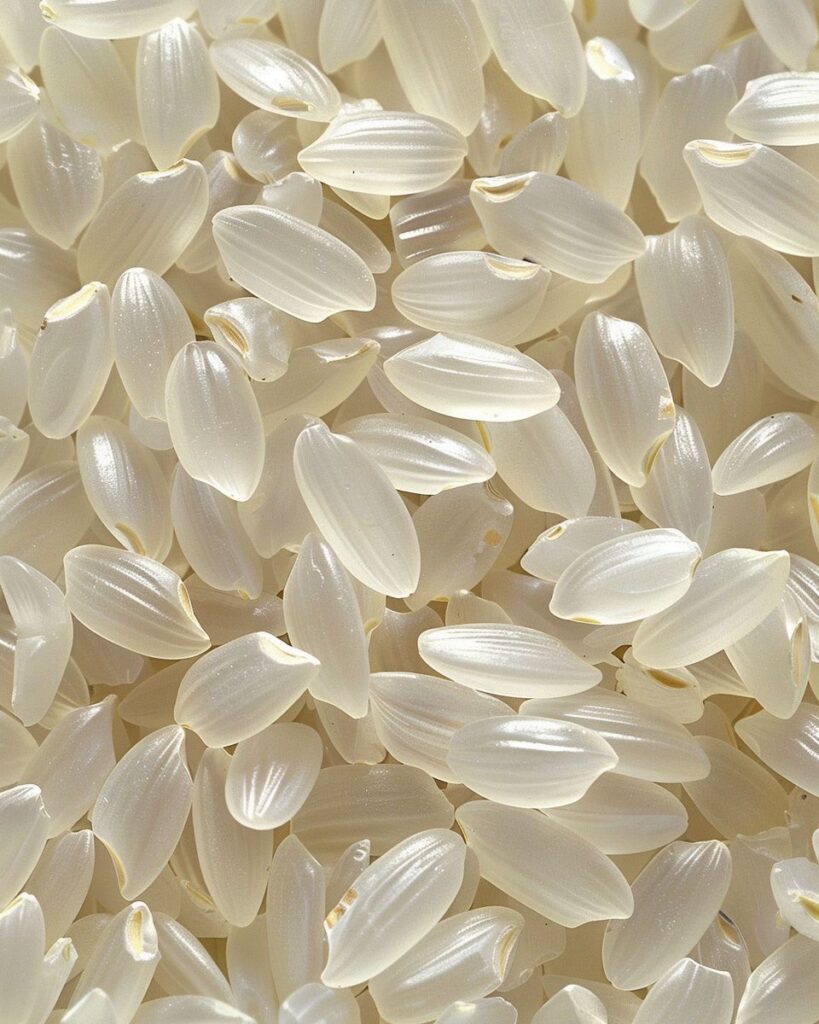
3. The Boiling Test
Boil a pot of water and add a sample of your rice into it. Once the water is boiled, observe the results. Authentic rice will cook and become soft, whereas plastic rice will remain undercooked and might even form a layer at the surface due to its inability to absorb water properly.
4. The Mold Test
Cook a small portion of rice and place it in a sealed container at room temperature for a few days. Real rice is prone to spoilage and mold growth in such conditions. If after several days the rice remains unchanged or develops an unusual color, it could be an indication of plastic content.
5. The Fire Test
Take a few grains of rice and set them on fire. Real rice will burn in a natural way, emitting the scent of burnt rice husks. In contrast, plastic rice will burn quickly with a distinct pungent smell resembling that of a burning polymer.
In conclusion, being vigilant about the quality of rice you consume is essential for safeguarding your health. Employing these simple yet effective tests, you can identify plastic rice and avoid potential health risks. Stay informed and ensure the safety of your diet with these practical tips.
